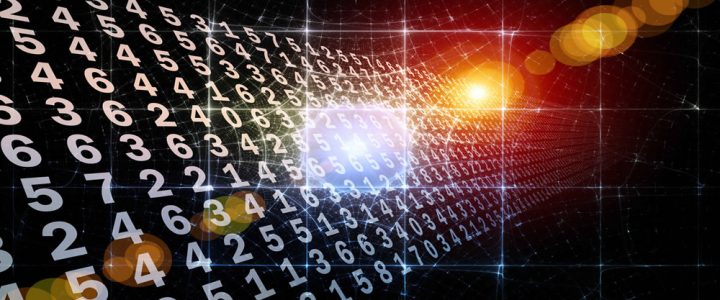| 3 YEAR | 1 semester | 6 CREDITS |
| Prof. Cecilia Occhiuzzi |
2019-20 to 2023-24 |
|
OCCHIUZZI CECILIA (4cfu) Bianco Giulio Maria (2cfu) |
2023-24 |
| Antonio DI NOIA |
since 2024-25 |
|
Code: 8039513 |
OBJECTIVES:
This course aims to provide the basic principles and models for the representation of electromagnetic transmission and propagation phenomena up to the description of the most common classes of guiding / radiating elements and of the entire wireless communication link.
KNOWLEDGE AND UNDERSTANDING:
Students will have understood the principles and the mathematical representation of transmission, irradiation, propagation and reception of electromagnetic waves. At the end of the course the student: – will know the basic methodologies of problem analysis described by the Maxwell Equations; – will know the solution of Maxwell’s equations in terms of plane waves and the propagation, reflection and refraction modes of the latter; – will know the behavior of transmission lines and will be able to use the Smith diagram; he will know the basic guiding structures and the relative modalities he will be able to characterize the irradiated field at great distance from electromagnetic sources; – will know the descriptive quantities of the behavior of the antennas both in transmission and in reception; –
ABILITY TO APPLY KNOWLEDGE AND UNDERSTANDING:
Students will be able to interpret the most common phenomena of electromagnetic propagation in free space and in material means. They will be able to understand qualitatively and quantitatively the phenomena and the peculiar characteristics of radiant and basic guiding structures. Thanks to the use of basic CAD and Matlab type calculation software they will be able to directly analyze the different phenomena covered by the course.
AUTONOMY OF JUDGMENT:
Students will acquire the ability to integrate the knowledge provided with those found autonomously by accessing the scientific literature / datasheet of components. The autonomous and guided development of exercises (also in Matlab / CAD electromagnetic base) will complete the training.
COMMUNICATION SKILLS:
Students will be able to illustrate in a synthetic and analytical way all the topics of the course using equations and schemes. They will communicate quantitatively the resolution of exercises and complex problems, also through basic electromagnetic Matlab / CAD.
LEARNING SKILLS:
Students will have acquired the ability to read and understand scientific texts and datasheets in English for further information on the topics covered by the course and for the resolution of the exercises.
SYLLABUS
1.Review of vector analysis and complex Algebra
2.Transmission lines: theory and techniques
3. Electrodynamics and Time varying fields.
4.Plane waves.
5.Guided waves.
6. Radiation and antennas.
DETAILS:
1.Fields , field operators and Phasors.
Review of vector analysis.
Scalar and vector fields.
Line and surface integrals.
Differential operators: Gradient, Divergence, Curl, Laplacian.
Complex Algebra and Phasor.
2.Transmission lines.
The Lumped-Circuit theory.
Sinusoidal waves on the ideal lossless line.
Characteristic impedance. Power transmitted by a single wave.
Reflection and transmission.
Transmission lines with losses.
Standing wave ratio.
Impedance.
The Smith chart.
Impedance matching techniques.
Practical transmission lines.
3. Electrodynamics and Time varying fields.
Displacement current. The continuity equation.
Faraday’s law.
Boundary conditions for the tangential electric field.
Maxwell’s equations.
Sinusoidal fields.
The skin effect.
Boundary conditions for good conductors.
Electromagnetic waves. The uniform plane wave.
The quasi-static approximation.
4. Plane waves.
Characteristics of plane waves. Polarization of plane waves.
Poynting’s theorem.
Reflection and transmission at normal incidence.
Reflection and transmission at oblique incidence.
Plane waves in lossy media.
5.Guided waves.
TEM waves in transmission lines.
Hollow metal waveguides. TE waves. The TE10 mode. Waveguide losses.
Cavity resonator
Microstrip
6. Radiation and antennas.
Sources of radiation.
Far field parameters
Near field parameters
The elementary dipole. Directivity and gain.
Array basic

 UNIVERSITA' DEGLI STUDI ROMA "TOR VERGATA"
UNIVERSITA' DEGLI STUDI ROMA "TOR VERGATA"


